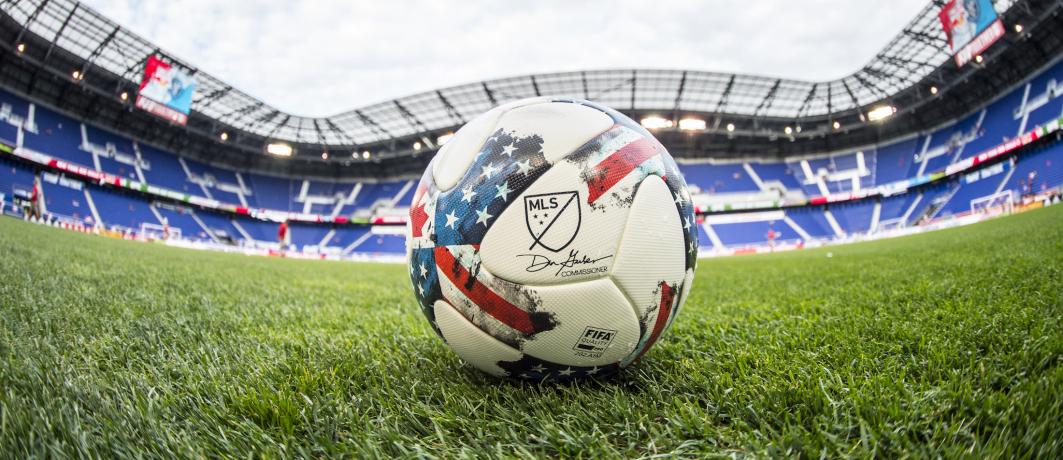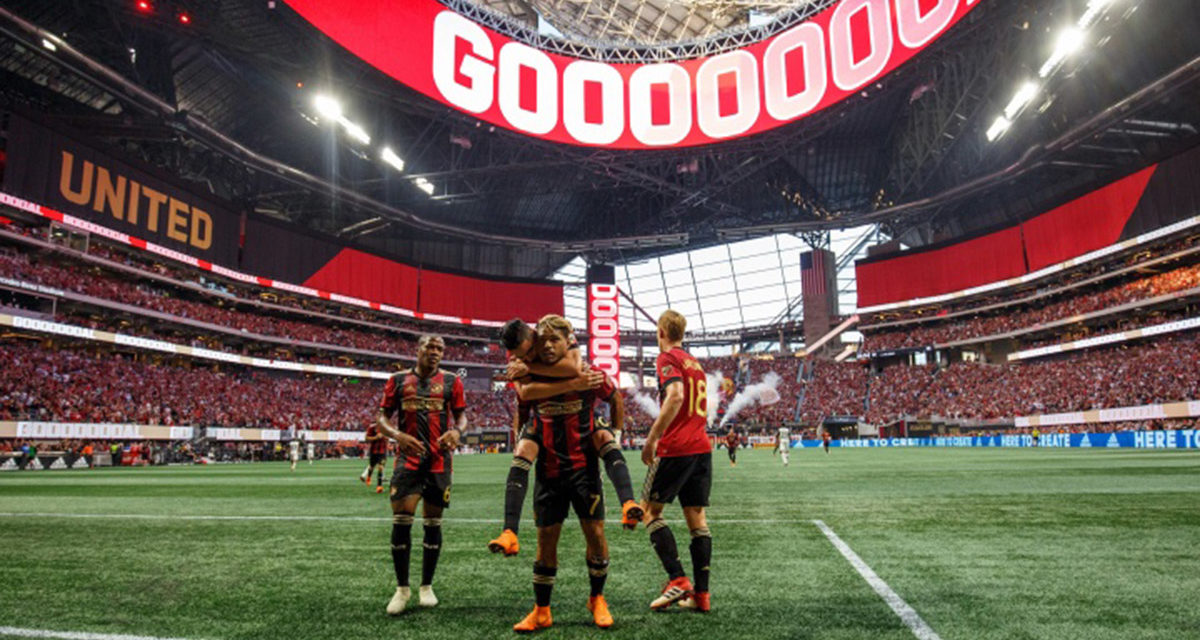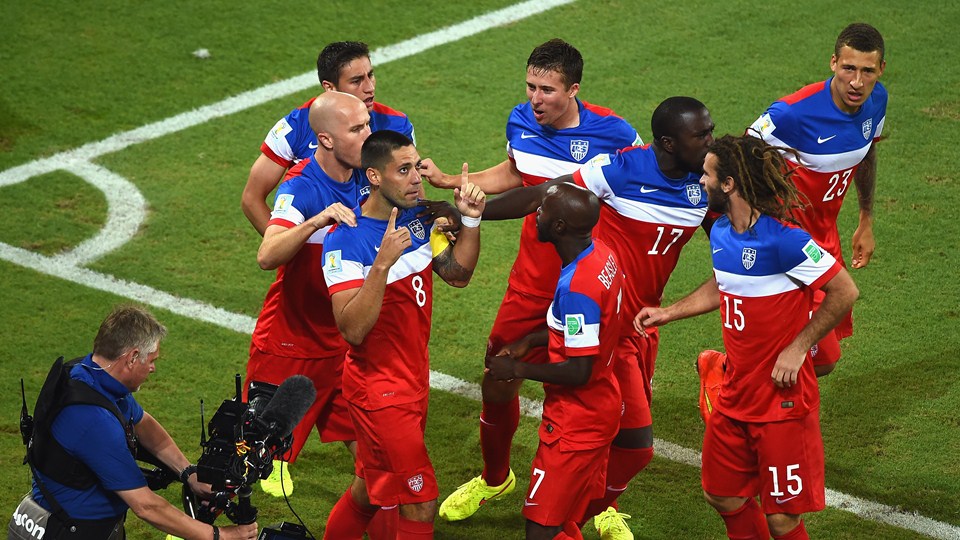
By Gabrilla Yibirin (@Thegabriellawenck)
A tale as old as time is the discussion of whether or not U.S. soccer should implement a promotion and relegation system as the rest of the soccer world (minus Australia and Canada). It’s like beating a dead horse, I know. However, there’s so much to discuss. For example, how the main issue, the culprit of the problem, is nothing more than the teams’ owners. Not the structure of the league, not the limited (unique) schedule, not the marketing, none of that. It’s the owners, plain and simple.
We need investors who are willing to take risks, who are willing to spend time and money, to possibly lose it all at the chances of having their team relegated or promoted. This of course, would create the necessity of having two different divisions for Major League Soccer. I’m not talking about teams being “rewarded” by the possibility of moving up from the USL to MLS as in times past. MLS has allowed teams into the league not because they won a league, but because it fits the marketing needs at the MLS front office. I’m talking about a true, defined promotion and relegation system, whereas the concept states, the best ranked teams of the second division (USL in 2018) are promoted to the first division and given a chance to play with the recognized MLS and where the worst ranked teams in the first division are relegated to the second division.
All around the U.S., league representatives, clubs’ managers and coaches, justify the decision of not implementing the system as not being positive, but instead they call it a “punishment” to the players, to the coaching staff for a poor performance. I wholeheartedly disagree. I believe the promotion and relegation system encourages competition, creates higher quality sport, and fashions an exciting game that grants acceptance of talent from other leagues worldwide.

It is openly known that investors in U.S. Soccer unfortunately refuse to invest such a significant amount of money on the possibility of losing and becoming relegated. This way, it’s always a win-win situation for investors and owners. If they had a bad season, besides the bad scores, you don’t really suffer any consequences. They keep their profits and status guaranteed to them. Besides from the fair play point of view, MLS is the perfect place to implement the system. With clear and set salary cap, teams and owners don’t worry about being outbid on players by teams with bigger pockets and more recognition. It’s a overly safe environment for the system’s implementation and is actually much more safe than the Premier League, La Liga, Serie A and Ligue 1 where owners can create or crush team dreams with money.
In fact, with the use of the system, we are also asking more from the players, subsequently developing higher quality athletes ready to compete both locally for club and internationally for country. Moreover, this will also increase global marketing and viewership because we’re now dealing with a more interesting game, a competitive game and true rivalries. In all European leagues the last few weeks are most exciting because of the fear of being relegated or the hope of being Cinderella at next year’s ball.
How do we attract bolder, more straightforward, riskier investors? Easy: by a creating such an enticing product that no investor can resist. By creating a game so exciting and so competitive and such a fascinating fan experience that the only decision that would make sense would be to go all-in because it’s clearly a win-win situation.

Granted, soccer is not really one of the favorite sports in the U.S, and has always been outcasted by football and baseball, fighting for tv schedules. Exposure in media is difficult because of a weirdly established calendar season based off weather and more important sporting events. Given the uniqueness of the start and the ending of the MLS season, it’s certainly not an easy task, but not impossible. I believe that all of this is possible with strategic changes within the league and within the structure of U.S. Soccer.
Considering the U.S National Team’s failure to perform as expected in the international level, this action should come as a unanimous decision, without further consideration. I mean, this makes us consider the possibility of having the U.S. National Team, as well as MLS teams exposed to international level tournaments where the level of competition, as well as the competitors, is high. Countries like Venezuela, Colombia, Peru, among others, get this exposure and you can see it in the field, you can see it in the passion the players have. I won’t dig further into this, since this is a topic for another article.
I don’t see for how long U.S Soccer and the MLS can keep this licensing or franchise-based going if they’re aiming for a spot as one of the top soccer leagues by 2020.

With virtually no movement of teams between minors and major leagues and only the allowance of “joining” the major club if you’re part of the expansion plan, there’s no room whatsoever for improvement, excellence, and superiority. This is what U.S. Soccer needs at the moment, to join the soccer elite, to arrive back at the World Cup.
